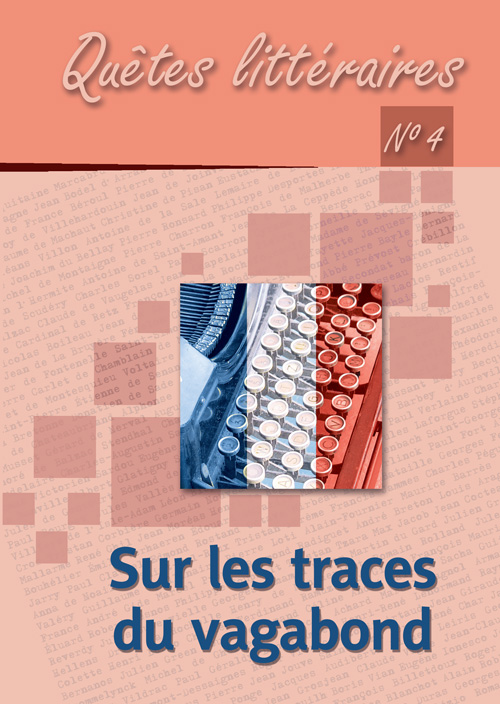La Figure de l’enfant viator chez Le Clézio, un nouveau type de pícaro
The Image of the viator child with Le Clézio, a new type of pícaro
Author(s): Diana PresadăSubject(s): Language and Literature Studies, Literary Texts, Studies of Literature, Comparative Study of Literature, French Literature, Theory of Literature
Published by: Katolicki Uniwersytet Lubelski Jana Pawła II, Instytut Filologii Romańskiej & Wydawnictwo Werset
Keywords: childhood; picaro; vagrancy; alienation; initiation; lyricism; symbolism
Summary/Abstract: The first short story in the volume Mondo and Other Stories serves as a model for the other stories in the collection in terms of the themes, the representation of the child’s portrait and the stylistic peculiarities of the text. More exactly, the story describes the world of “children seen as kings” (Brée, 1990: 100) where everything is dominated by goodness, purity, beauty and magic. As the reference to Sinbad the Sailor at the beginning of the book suggests, the story depicts a moving journey in pursuit of a dream. This is the journey of a child who, refusing the adult world from which he feels alienated, is in search of himself and the unknown. As an image of the viator child, can we consider Mondo a new type of vagabond? Why is he emblematic of the author’s fictional universe and of universal literature? By answering these questions, the purpose of the paper is to demonstrate the originality and uniqueness of Le Clézio’s writing.
Journal: Quêtes littéraires
- Issue Year: 2014
- Issue No: 4
- Page Range: 129-137
- Page Count: 9
- Language: French

